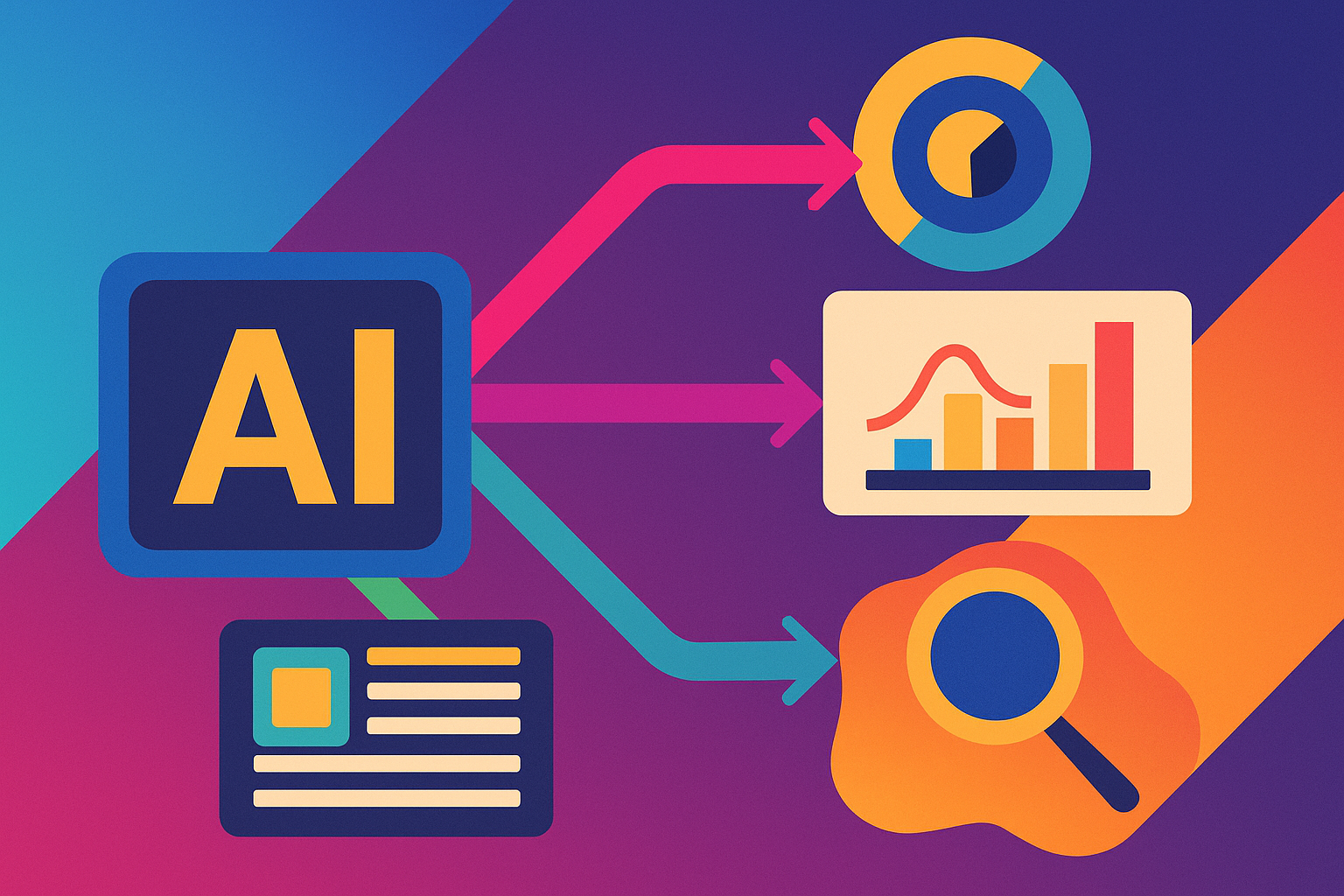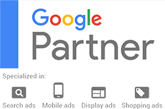As the web evolves, the way people search is changing rapidly. Traditional SEO is no longer the only way to drive visibility. AI-driven search experiences - like Google’s AI Overviews and chat-based tools such as ChatGPT - are becoming central to how users discover and consume information.
Enter: AEO, or Answer Engine Optimization.
In this guide, we’ll break down what AEO is, how it differs from SEO, why the two are connected, and how your business can optimize for both to stay visible across every discovery channel.
What Is AEO?
Answer Engine Optimization (AEO) is the process of structuring and publishing content so it can be easily understood, referenced, or cited by AI-powered tools like ChatGPT, Claude, Perplexity, or Google’s AI features. The aim is to ensure your brand shows up in AI-generated answers, not just traditional search engine results.
As more consumers use AI tools to ask questions - often replacing Google for fast answers - AEO becomes a powerful lever for brand visibility and credibility.
What Is SEO?
Search Engine Optimization (SEO) is the practice of improving your website and content to rank higher in search engine results pages (SERPs) on platforms like Google and Bing.
SEO typically focuses on:
- Keyword optimization
- On-page structure and internal linking
- Backlinks and domain authority
- Mobile usability and technical site health
- SERP features like featured snippets and local packs
These factors work together to help traditional search engines understand your content and rank it accordingly.
AEO vs. SEO: What’s the Difference?
|
Feature
|
SEO
|
AEO
|
|
Goal
|
Rank higher in search engines and drive clicks to your website
|
Be cited in AI answers and voice responses
|
|
User Experience
|
Users scroll SERPs and click links
|
Users read answers generated by AI (with optional citations)
|
|
Discovery Points
|
Featured snippets, local packs, organic listings
|
AI-generated answers, citations, embedded URLs
|
|
Success Metric
|
Increased organic traffic and rankings
|
Increased brand mentions and visibility in AI-generated content
|
How AEO and SEO Work Together
Although they focus on different surfaces - search engines vs. answer engines - AEO and SEO overlap significantly.
High-ranking, trusted domains tend to be the same ones that AI tools cite. But it’s not always the top-ranking page that gets chosen. Often, it’s a blog post or help article buried deep in the site.
What matters most for AEO is authority, clarity, and structure.
How to Optimize for Both AEO and SEO
1. Create Original, Experience-Driven Content
Search engines and AI tools both reward original insights. Generic content gets ignored - especially by large language models trained to detect repetition.
What to do:
- Share firsthand experience. If you’re a roofing contractor, write about mistakes homeowners make when choosing materials - not just the pros and cons of shingle types.
- Include data. Run polls, collect customer insights, or conduct small studies. Original stats are citation gold.
- Attribute insights. Use real names, bios, or roles. Let the AI know the content comes from a real expert.
2. Earn Mentions and Links from Trusted Sources
Both Google and AI tools prioritize domains with external trust signals. This includes backlinks (SEO gold) and brand mentions (even without a link).
What to do:
- Get quoted in articles and podcasts.
- Partner with local organizations on educational content.
- Publish joint reports or data summaries others want to reference.
3. Use Entities to Clarify Meaning
Entities are recognizable concepts like company names, products, locations, and people. Google’s Knowledge Graph and AI tools use them to understand context.
What to do:
- Mention relevant brands, categories, and topics.
- Use consistent naming - avoid switching between “GSC” and “Google Search Console.”
- Add your own brand and service names near core value statements.
4. Structure Content for Retrieval
Both Google and AI models prefer structured content - easy-to-follow headings, clear formatting, and skimmable layouts.
What to do:
- Use H2s and H3s to organize topics.
- Put key takeaways early in each section.
- Use bullets and numbered lists where appropriate.
- Add schema markup for FAQs, products, or articles.
5. Keep Content Fresh and Updated
AI tools and search engines prioritize content that is accurate and timely. Outdated information - or content with broken links - hurts trust.
What to do:
- Audit high-traffic content every 6–12 months.
- Update screenshots, dates, and examples.
- Add recent stats or developments.
Final Thoughts: AEO and SEO Are Stronger Together
You don’t have to choose between optimizing for Google or optimizing for AI tools. In fact, the most powerful visibility strategies do both.
Think of SEO as your technical foundation - and AEO as your content packaging for the future of search. One brings the traffic; the other earns the citation.
At Theia Media, we help businesses navigate both worlds with strategies that blend search visibility, AI relevance, and real-world value.
Want Help Optimizing for AEO and SEO?
Reach out to Theia Media for a visibility audit. We’ll assess how your content performs in both search and AI tools - and show you what to fix or enhance.









